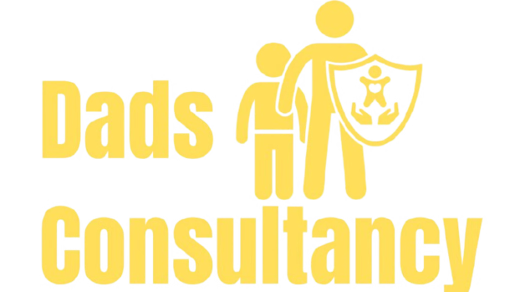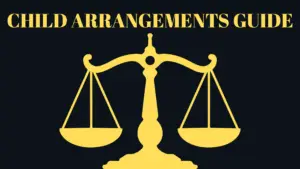Today we’re going to be diving into the UK concept of parental alienation and discussing the five domains of parental alienation.
What is parental alienation?
Parental alienation is a phenomenon where one parent manipulates a child to turn them against the other parent. It can happen in the context of a separation or divorce, but it can also happen outside of that context. It’s a form of emotional abuse that can have a devastating impact on both the child and the targeted parent.
Worried your child is being turned against you? WhatsApp us today for expert guidance.
The UK concept of parental alienation
In the UK, parental alienation is not a legally recognised concept. However, it is recognised by some mental health professionals as a form of emotional abuse. The UK government’s guidance on child arrangements states that children should have a meaningful relationship with both parents, and that parents should not undermine the other parent’s relationship with the child.
If you’re currently being blocked from contact, read our guide to resolving disputes between parents — it outlines your legal options and how to push for fair arrangements.
The five domains of parental alienation
Parental alienation is broken down into five domains:
- The child’s rejection of a parent without legitimate justification
- The child’s fear of a parent without legitimate justification
- The child’s weak, frivolous, or absurd rationalisations for the rejection
- The child’s lack of ambivalence
- The “alienated” parent’s distress
In each of these domains, the child’s behaviour is not based on their own experiences or feelings, but rather on the manipulation of the alienating parent. This can lead to the child having a distorted view of the targeted parent and a lack of ability to have a healthy relationship with them.
Recognise these signs in your own case? Message us now — we’ll help you take the right steps.
The child’s rejection of a parent without legitimate justification.
This domain refers to the child’s sudden and unjustified rejection of one parent. This can manifest in the child refusing to see or speak to the parent, or expressing anger or hatred towards them.
The child’s fear of a parent without legitimate justification.
This domain refers to the child’s sudden and unjustified fear of one parent. This can manifest in the child being afraid to be alone with the parent, expressing fear or anxiety when around them, or having nightmares about them.
The child’s weak, frivolous, or absurd rationalisations for the rejection.
This domain refers to the child’s explanations for their rejection or fear of the targeted parent. These explanations are often weak, frivolous, or absurd, and are not based on the child’s own experiences or feelings.
The child’s lack of ambivalence.
This domain refers to the child’s complete and absolute rejection or fear of the targeted parent. Children usually have some positive and negative feelings towards both parents, but in parental alienation, the child’s feelings towards the targeted parent are only negative.
The “alienated” parent’s distress.
This domain refers to the distress of the parent who is being rejected or feared by the child. This parent may experience feelings of hurt, confusion, and helplessness as a result of the alienation.
For emotional support and stability during this time, our single fatherhood guide offers practical coping strategies while you work to rebuild your bond.
It’s important to note that these five domains are not mutually exclusive and one or more can be present in a case of parental alienation. Also, these domains are not exclusively used as diagnostic criteria, as it is not a legal term but it is recognised by some mental health professionals as a form of emotional abuse.
Feeling this distress yourself? WhatsApp us for support that keeps you calm and strategic.
Conclusion
Parental alienation is a serious issue that can have a lasting impact on both the child and the targeted parent. It’s important for professionals, such as lawyers, therapists, and social workers, to be aware of the signs of parental alienation and take steps to address it. If you or someone you know is experiencing parental alienation, there are resources available to help.
If parental alienation is being used to block contact, you may need to apply for a Child Arrangements Order — here’s what the process looks like and how to get started.
🧠 Insider Insight: Lach, our founder, is a qualified social worker who used to write Section 7 reports for CAFCASS — the very reports that influence court outcomes. Now he helps dads respond to them. Learn more about Lach’s background.
👉 Learn more about how we can support you or book a free consultation today




